The Sila people, also known as Cu De Tsu, Kho Puo, Kha Pe, are an ethnic minority with a population of about 1,000 people, residing mainly in Kan Ho commune (Muong Te, Lai Chau province) and Nam Xin commune (Nam Po, Dien Bien province). In the past, they lived isolated along the Da River, maintaining a living by backward farming, hunting, and gathering in the remote mountains and forests.
Culture plays a particularly important role in social life, and is the spiritual foundation for socio- economic development, national defense and security. Resolution No. 03-NQ/TW (5th Central Conference, Session VIII) and Resolution No. 33-NQ/TW (9th Central Conference, Session XI) both emphasize the task of building an advanced Vietnamese culture imbued with national identity. The 13th National Party Congress continues to affirm: socio-economic development is the center; Party building is the key; cultural development is the spiritual foundation; national defense and security are essential and constant.
With the deep concern of the Party and the State through policies on settlement, support for residential land, production land, infrastructure development and preservation of ethnic minority culture, the life of the Sila people has changed significantly. After settling down, roads have been expanded, houses have been improved, children can go to school, people's health is taken care of, people's knowledge is improved and traditional customs are preserved.
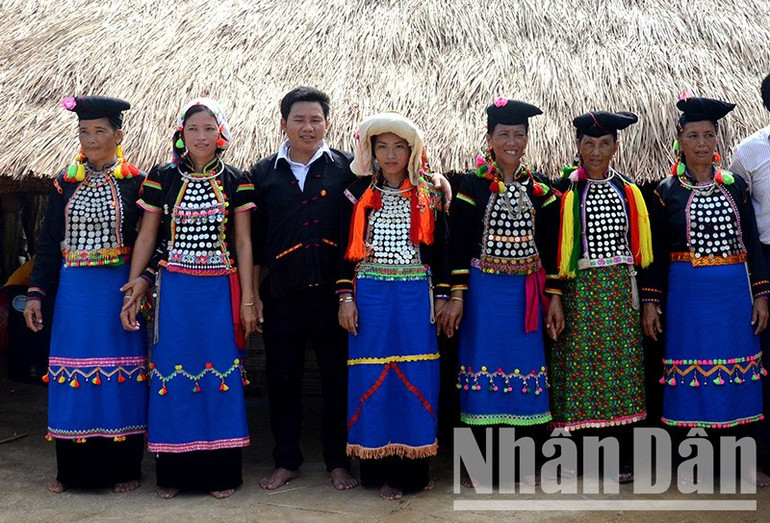
Amidst the constant changes of modern life, the precious thing is that the Sila people still wholeheartedly preserve the roots of their national culture. From the way of blackening teeth, wearing traditional flower hats to life cycle rituals, all the old ways of life are still preserved as an indispensable part of identity. In particular, the wedding ceremony of the Sila people stands out for its humanistic depth and high sense of community. This is not only an important milestone in each person's life, but also an opportunity to unite the village, so that love between couples blends with morality and tradition deeply absorbed through each generation.
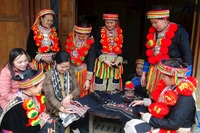
Preserving and promoting national cultural identity
When introduced at the Vietnam National Village for Ethnic Culture and Tourism (Dong Mo, Son Tay - Hanoi), the wedding ceremony of the Sila people touched the emotions of viewers with its rustic yet profound beauty. It is not simply a traditional ritual, but a door opening to the spiritual world of a community with few people but rich in cultural pride, steadfastly preserving its identity in today's integrated life.
Twice married – One lasting love
The Si La wedding is a long journey with many meaningful rituals, including three main steps: proposal, engagement and wedding ceremony. The unique feature that makes the difference is that the wedding is held twice, each time with its own meaning, affirming the sustainability of the relationship. Before the wedding day, the groom's family will invite a matchmaker or matchmaker - a person with prestige among the villagers to help. As a bridge between the two families, they play an important role in negotiating gifts and presiding over the wedding ceremonies.
When the auspicious day comes, the atmosphere in the village becomes bustling and jubilant. The groom's sister or brother in neat traditional costumes, with joyful faces, goes to the bride's house to "propose the bride". When the bride's family agrees, the matchmaker will lead the groom's family to perform the ceremony with carefully prepared trays of gifts, showing respect and appreciation.
The most sacred moment is when the bride’s mother hands over her daughter to the groom’s family. At the new threshold, the bride is given a new wedding dress prepared by her mother-in-law, a meaningful ritual, as a respectful welcome and open heart from the groom’s family. On the wedding night, the young couple will sleep in the left room of the house, a delicate gesture showing respect to their ancestors and family traditions.
A year later, when their love had stood the test of time, the groom's family was excitedly preparing for the second wedding. This time, the gifts were prepared more elaborately and fully, in accordance with the agreement between the two families. The bride officially returned to her husband's house, starting a new life as a full member. The "return" ceremony at the bride's house took place in a warm atmosphere, when the bride's parents gave meaningful gifts to the young couple - simple but profound blessings from the bottom of the parents' hearts.
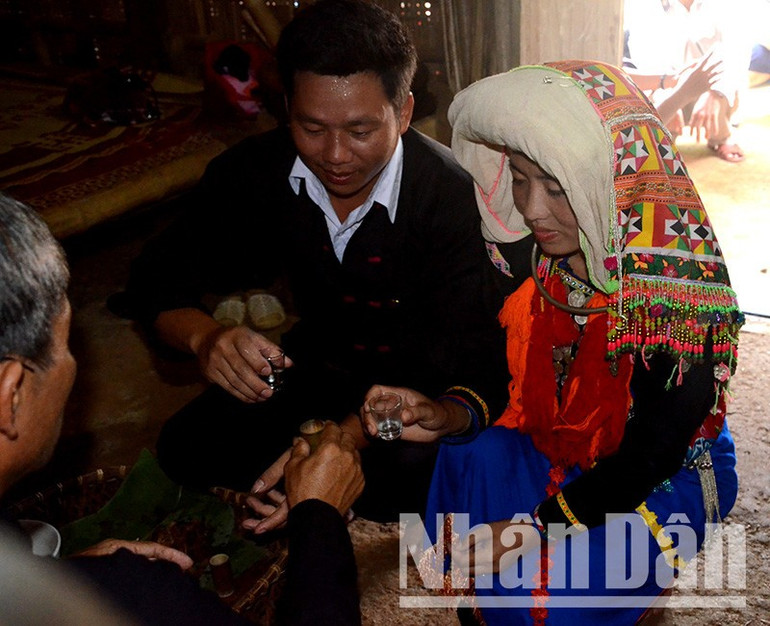
Preserving the cultural soul in the middle of the jungle
The two weddings are not only important events for the young couple, but also a testament to the philosophy of sustainable marriage of the Sila people. Each ceremony is imbued with humanity, expressing the community’s respect for the couple’s happiness. Through this, we can see the cultural depth and sophistication in the behavior of an ethnic minority, but rich in sentiment and tradition.
The wedding is not only a joy for the young couple but also a festival for the whole village. People gather together to dance, sing, drink wine, and give blessings, creating a warm, connected and culturally rich atmosphere.
Although not a large community in number, the Sila people still persistently preserve many traditional customs such as folk art, folk dance, black teeth dyeing, wearing flower hats, the role of matchmakers, or the custom of two weddings - cultural characteristics that have not faded in the modern flow.
That is not only the way the Sila people keep their cultural fire alive, but also contributes to weaving a colorful cultural picture of the community of 54 ethnic groups. In today's life, that cultural identity still flows silently - like a lasting cultural source that nourishes the soul of the mountains and forests and preserves the human soul.
Source: https://nhandan.vn/mot-mai-nha-hai-mua-cuoi-duyen-tinh-dam-da-ban-sac-cua-nguoi-si-la-post883892.html


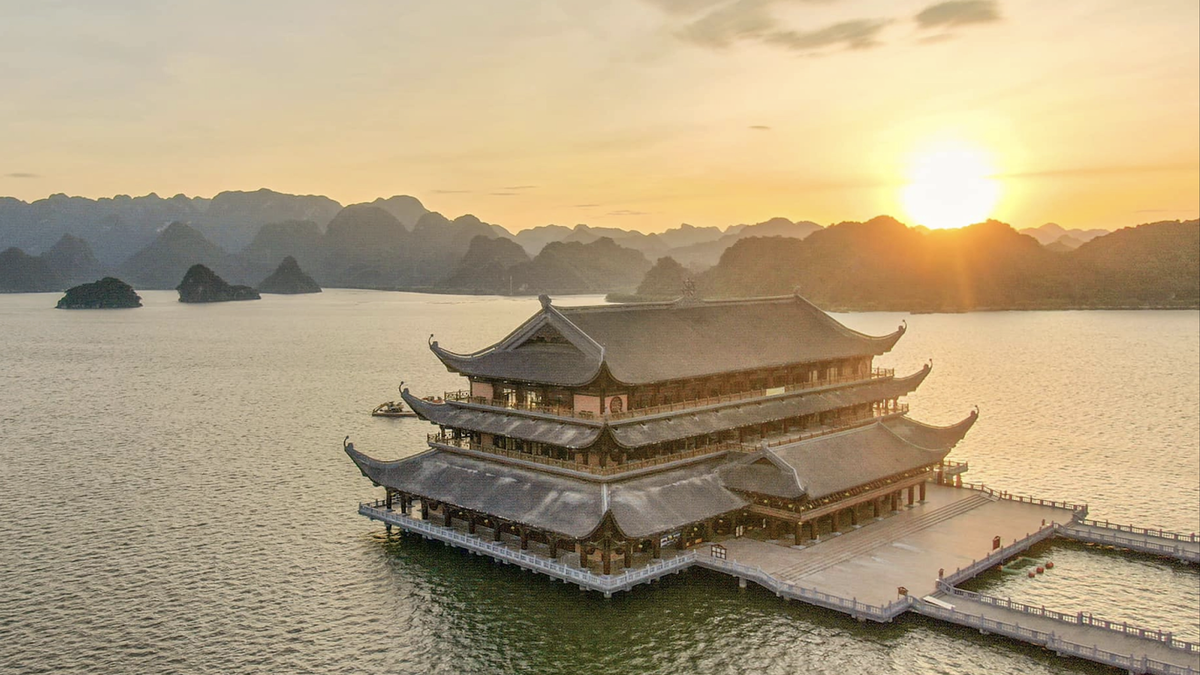









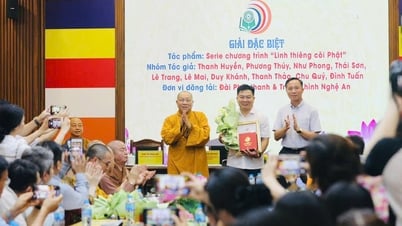

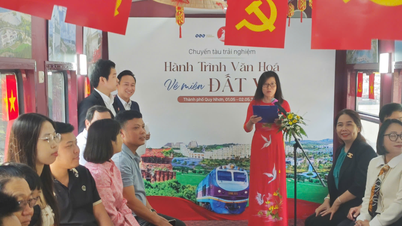

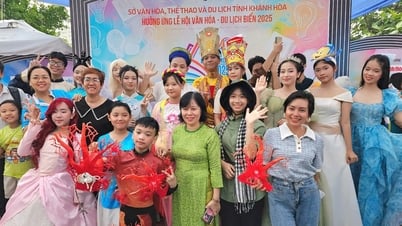






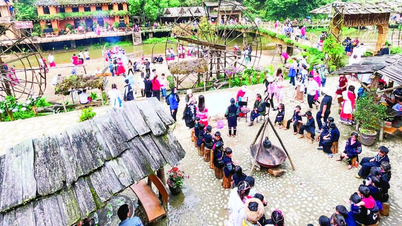
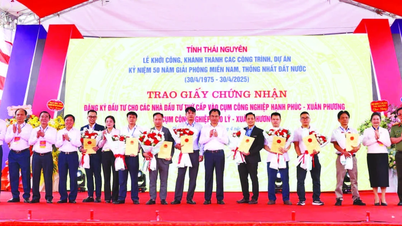
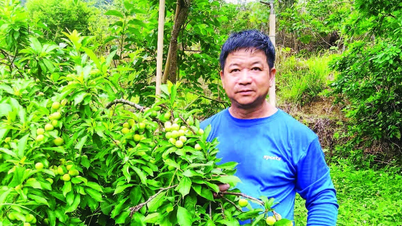

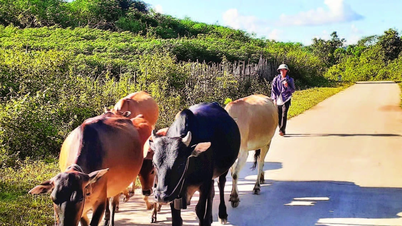
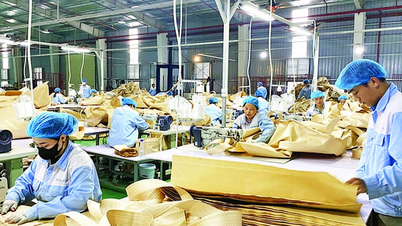
![[Photo] General Secretary To Lam receives Korean Ambassador to Vietnam](https://vphoto.vietnam.vn/thumb/1200x675/vietnam/resource/IMAGE/2025/6/6/a0765b7543784cbcbfe4755b67d43ab4)

![[Photo] President Luong Cuong works with Hung Yen and Thai Binh Provincial Party Committees on implementing Resolution of the 11th Central Conference, 13th tenure](https://vphoto.vietnam.vn/thumb/1200x675/vietnam/resource/IMAGE/2025/6/6/127b735d2761484d81dcee0d7725a25b)



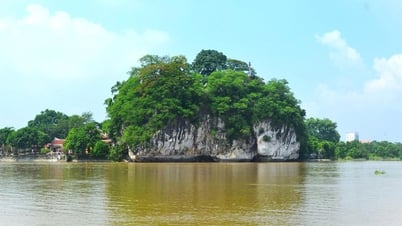

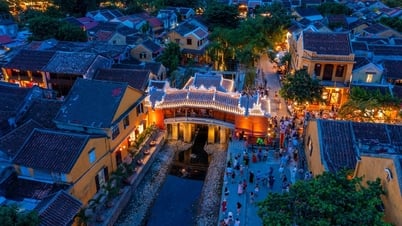




















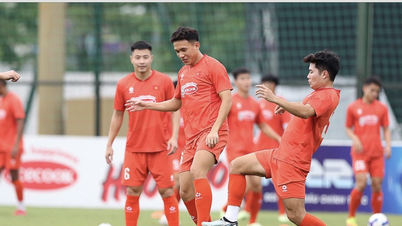
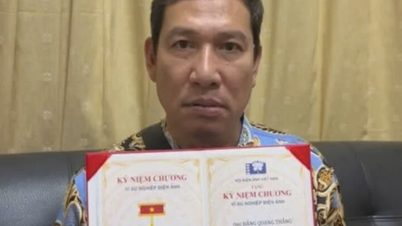




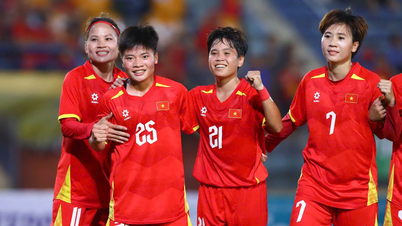



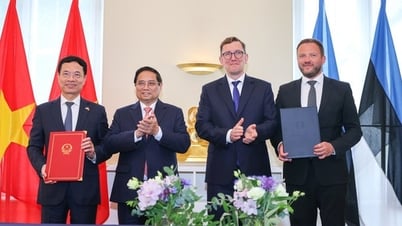


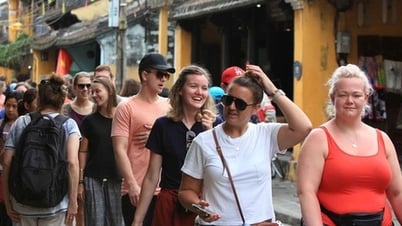



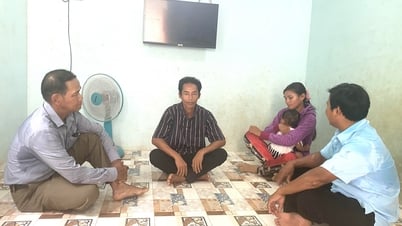



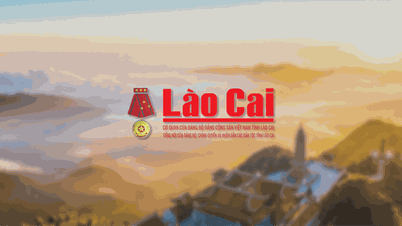
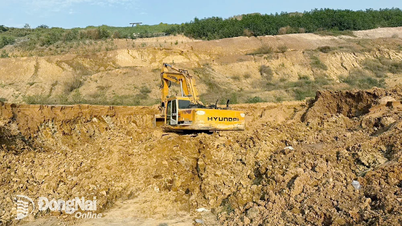

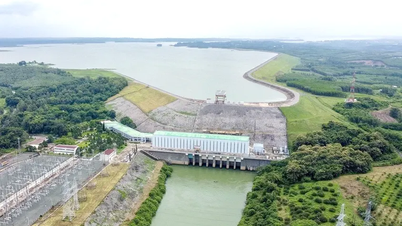
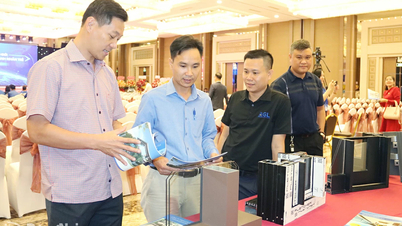




![[OCOP REVIEW] Tu Duyen Syrup - The essence of herbs from the mountains and forests of Nhu Thanh](https://vphoto.vietnam.vn/thumb/402x226/vietnam/resource/IMAGE/2025/6/5/58ca32fce4ec44039e444fbfae7e75ec)





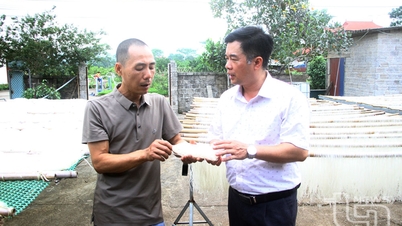

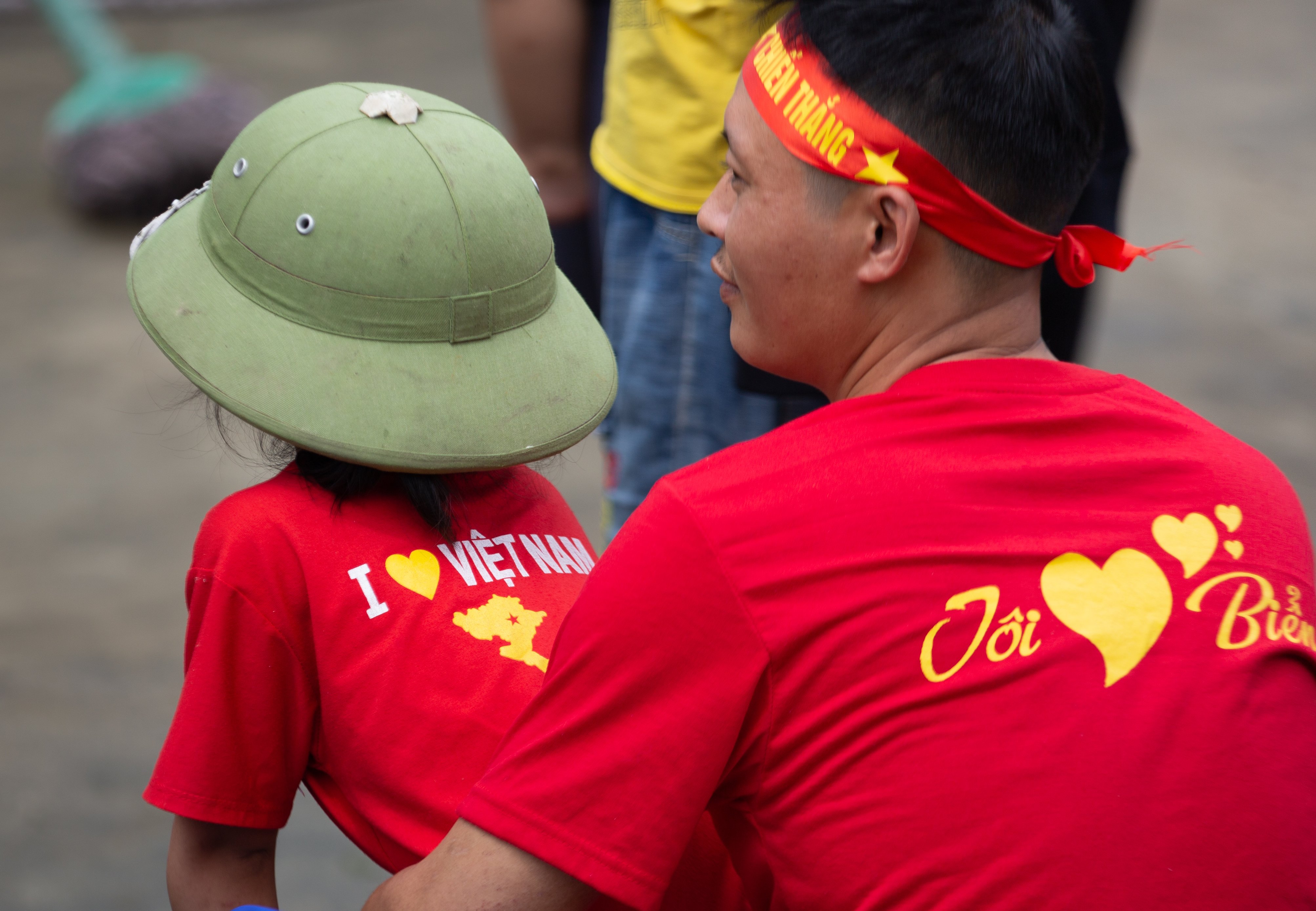
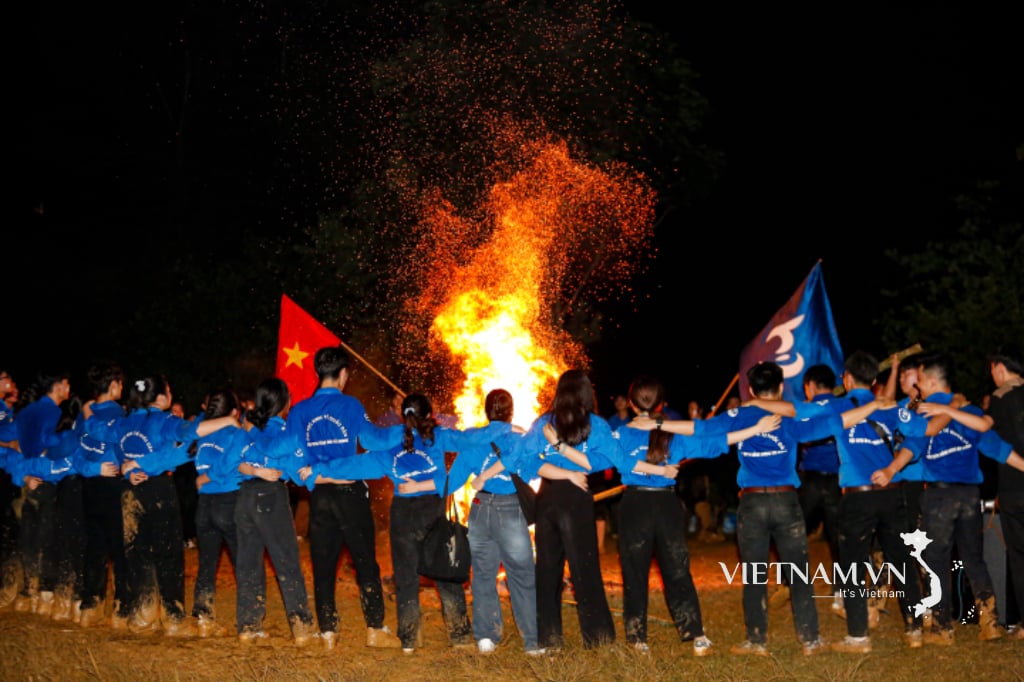
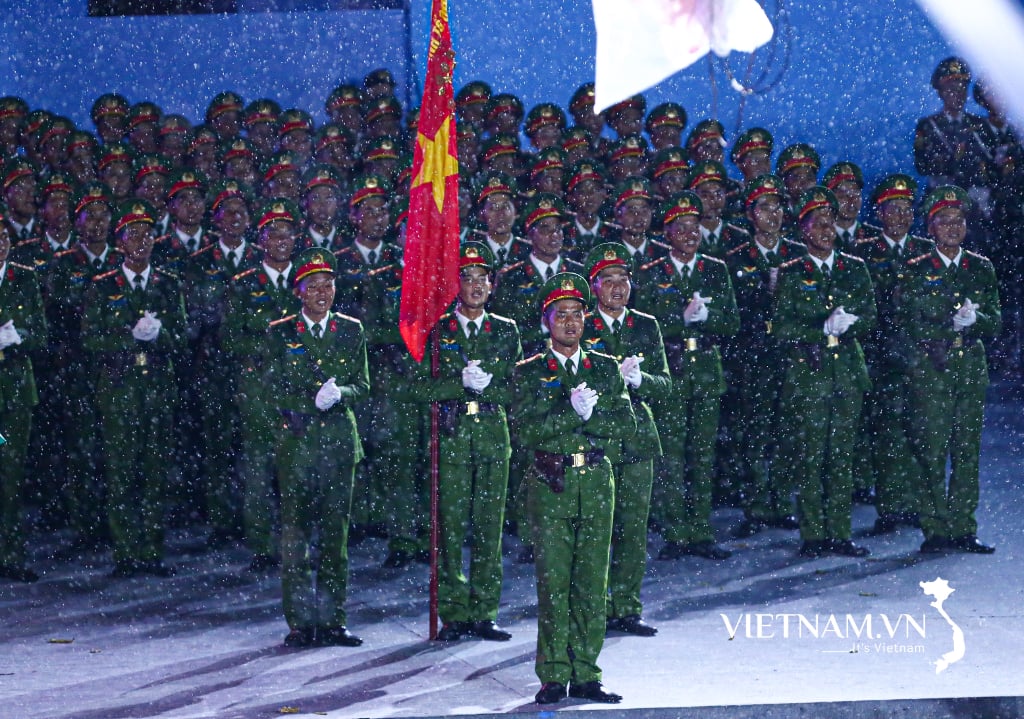
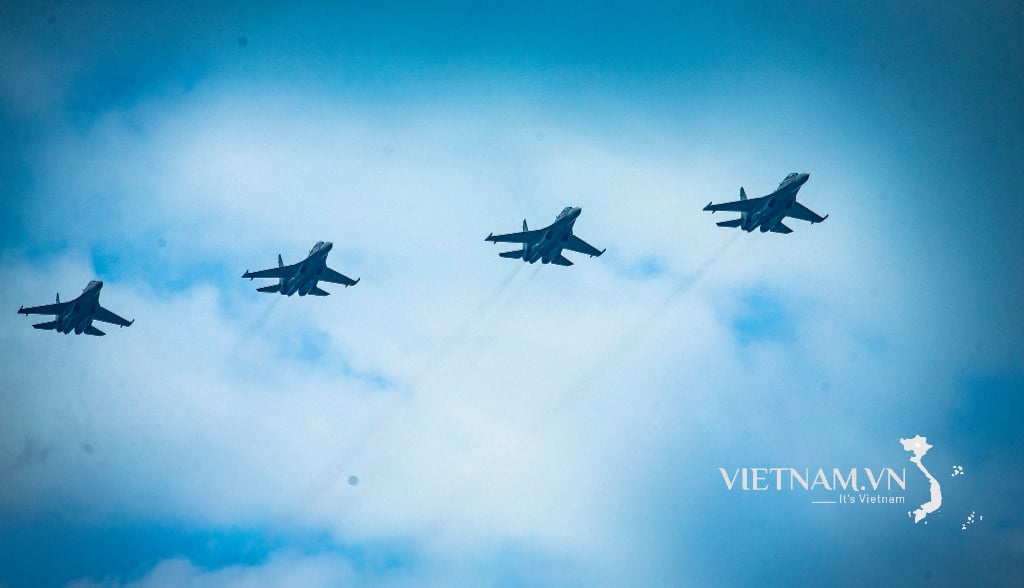
Comment (0)